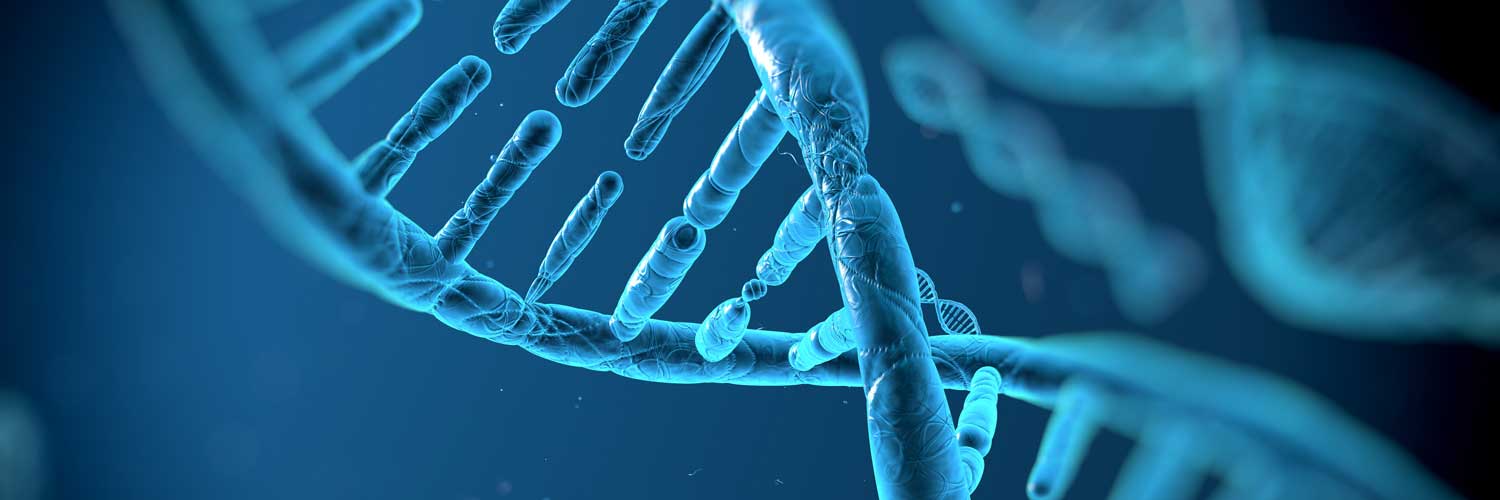Key points to unexplained infertility
- Unexplained infertility is the diagnosis given when a definitive cause of a person’s or couple’s infertility is not known after conducting standard testing and applying clinical insights.
- It is a fairly common diagnosis and is given in about 30% of infertility cases. This is because there are many individual factors involved in reproduction.
- Even though the exact cause may be unknown, what we do know about the individual patient(s) enables us to develop treatment options to achieve pregnancy success.
- These include encouraging the couple or individual to keep trying for natural conception following guidelines for success and utilizing treatments such as medications, intrauterine insemination (IUI) and in vitro fertilization (IVF).

At Ember, everyone is a VIP – very important patient
And we have a thing for the small things: Each Ember patient gets a dedicated fertility coordinator, a patient’s personal care guide through every clinic detail, from the very first phone call to meeting your little miracle. Schedule your appointment today using our online self-scheduling tool.
What is unexplained infertility?
An unexplained infertility diagnosis is given when we can’t pinpoint a specific cause after our normal fertility testing protocols including a physical examination, discussion of sexual health background and conception practices. This diagnosis does not mean that there is no cause for the infertility. Rather, that the cause remains unknown despite current medical knowledge and testing.
Unexplained infertility is the diagnosis fertility specialists give after evaluation shows evidence of ovulation and unblocked fallopian tubes in the woman and healthy sperm production in the man. But our sophisticated diagnostic tools, coupled with the experience and insights of our doctor, can’t identify all possible abnormal situations in the couple’s reproductive systems.
Related Reading: Infertility Overview
The journal Fertility and Sterility reports that 30% of cases of infertility result in a diagnosis of unexplained infertility. While this is likely a particularly frustrating diagnosis for someone, it’s important to remember that a diagnosis (even this one) is the foundation for formulating a path to treatment.
We take that into consideration with this diagnosis and carefully explain the situation to the patient(s), including our suggestions on moving forward with treatments.

You’re worth it, you’re special
- Patient coordinators and staff are bilingual or trilingual.
- We focus on quality time and care for each individual.
- Our fertility doctor sees the patient at every visit.
- Ember offers patients a boutique, very personal experience.
Potential causes and unexplained infertility diagnosis
Even after standard male and female testing, there can be many unknown biologic, environmental and genetic variables involved in fertility. And it is essential that both partners are evaluated.
Some potential factors leading to unexplained infertility may include:
- Incorrect timing. This includes not timing intercourse with predicted ovulation or not having sex frequently enough.
- Genetic issues. Genetics can subtly affect fertility. For example, a man may have Y chromosome deletions or other genetic factors that can lead to impaired fertility. The sperm and egg may also have chromosomal issues, preventing fertilization.
- Biologic issues. A woman may have abnormalities in her ovaries, uterus or fallopian tubes that do not show up in testing. She may have issues with releasing her egg before it is mature, hormonal levels after ovulation, cervical mucus or egg quality.
- Unidentified environmental issues. Exposure to certain chemicals, toxins or pollutants can also impact fertility and may not be easily identifiable through standard testing.
Infertility testing
We will discuss medical history with both partners including their potential genetic issues as well as those in their families. Each partner will go through a physical examination.
Our specialists will conduct a semen analysis for the male to determine sperm count, movement and morphology (shape). We will assess hormone levels in the woman to determine if ovulation is occurring. We will conduct a hysterosalpingogram examination via the cervix to check the uterus and fallopian tubes. Ultrasound may be used to check for uterine problems.

Arriving at this diagnosis
In order for us to arrive at a diagnosis of unexplained infertility, our fertility specialist will have made the following determinations.
- Nothing learned in a discussion of the couple’s health history or description of their methods in trying to conceive indicates a likely cause.
- Physical examination does not indicate any structural problems in the male, such as sperm delivery impediments, or in the female, such as uterine fibroids.
- An analysis of the man’s semen does not show abnormalities.
- Testing has determined that at least one of the woman’s two fallopian tubes, where fertilization occurs, is open.
- The woman is ovulating regularly.
Next step: unexplained infertility treatment
Since unexplained infertility involves many unknowns, Dr. Freije discusses the issues with the patients, ensuring they fully understand the diagnosis and the pros and cons of treatment options. He then relies on his extensive experience in recommending the best treatment plan for the individual or couple to consider.
We prefer to begin with less invasive treatments first. It is often wise to set a time limit on each treatment protocol and move to more advanced options when warranted.
Overall, the treatment of unexplained infertility requires a personalized approach that takes into account each individual’s unique needs and circumstances.
Medications for ovulation stimulation
We may give the woman medications that affect reproductive hormones to boost ovulating healthier or more eggs. These medications, such as clomiphene citrate, letrozole and gonadotropins, are timed to coincide with natural intercourse.
IUI for unexplained infertility
Intrauterine insemination (IUI) is recognized by the American Society for Reproductive Medicine (ASRM) as the first line treatment for unexplained infertility, and this is the treatment plan we most often use. IUI places sperm retrieved from the male into the woman’s uterus through the cervix. It is less invasive and less costly than the other option of in vitro fertilization (IVF).
IUI can be performed during a natural ovulation cycle, in which the woman generally releases just one egg. It can also be used in conjunction with a variety of medications that increase the number or quality of eggs a woman ovulates. In fact, this combination treatment is often the first option to try.
IVF for unexplained infertility
IVF is the most effective treatment for most causes of infertility and this is true for unexplained causes also. We usually recommend IVF after three rounds of IUI have proved unsuccessful. However, in consultation with couples, we may begin with IVF when the patients want a more expeditious treatment plan to achieve pregnancy, in spite of IVF’s more invasive and costly nature.
ASRM reports that there is good evidence that first trying IVF for women 38 and older is associated with higher pregnancy rates attained faster than with IUI and ovulation stimulation. The organization also notes that there is insufficient evidence to suggest that intracytoplasmic sperm injection (ICSI) with IVF increases success in patients with unexplained infertility.




